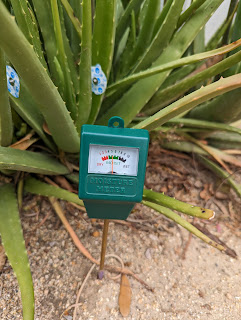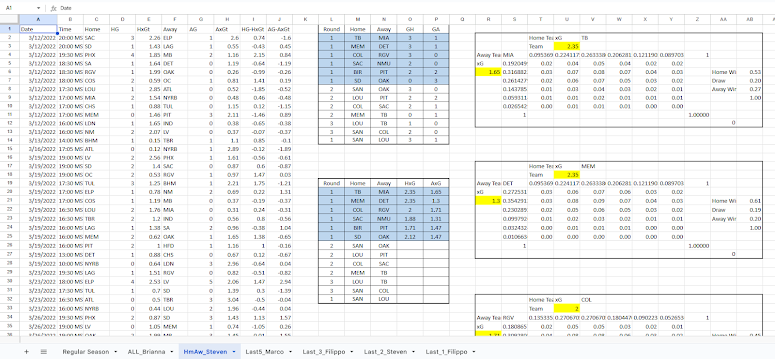Week 4 - Research Proposal
Plants have an intricate system of communication. Research has found that plants use volatile organic compounds to communicate with other nearby plants (Meents & Mithöfer, 2020, p. 1). Furthermore, research has also shown that plants use electrical signaling as a means of communication (Chen et al., 2016, p. 1). However, there is still much to learn about how and why it is that plants communicate. Plants provide essential resources for the planet and all living things. Humans rely on plant food sources for nearly 85% of their calories (Fernando, 2012, p. 1). Yet plants face many threats to their very existence, including disease, injury, herbivory, and extreme weather. (Ueda et al., 2012, p. 2). These factors contribute to the nearly 33% of crops that are lost even before they are harvested (Baker et al., 2019, p. 1). Gaining a further understanding of plant communication can help address this and many other issues.
The primary research method for this study will be experimentation. Plants will be exposed to various stressors and their resulting plant action potential will be observed with the use of an electrocardiogram.
|
Name |
Variable |
Description |
|
Unstressed plant |
Control |
The plant will not be subject to any outside stressors. |
|
Dry plant |
Independent |
The plant will be underwatered to stress the plant. |
|
Flooded plant |
Independent |
The plant will be overwatered to stress the plant. |
|
Cut plant |
Independent |
An incision will be made to the plant in order to stress the plant. |
|
Plant action potential |
Dependent |
The plant action potential in response to stress will be monitored. |
This research attempts to find whether plants use electric potential to signal a perceived threat to their survival. It is my hypothesis that as the plants are subject to stress, we will see an increase in observable plant action potential.
Citations
Baker, G. A., Gray, L. C., Harwood, M. J., Osland, T. J., & Tooley, J. B. C.
(2019). On-farm food loss in northern and central california: Results of
field survey measurements. Resources, Conservation and Recycling, 149,
541-549. https://doi.org/10.1016/j.resconrec.2019.03.022
Chen, Y., Zhao, D.-J., Wang, Z.-Y., Wang, Z.-Y., Tang, G., & Huang, L. (2016).
Plant electrical signal classification based on waveform similarity.
Algorithms, 9(4), 70. https://doi.org/10.3390/a9040070
Fernando, W.g. D. (2012). Plants: An international scientific open access
journal to publish all facets of plants, their functions and interactions
with the environment and other living organisms. Plants, 1(1), 1-5.
https://doi.org/10.3390/plants1010001
Meents, A. K., & Mithöfer, A. (2020). Plant–Plant communication: Is there a
role for volatile damage-associated molecular patterns? Frontiers in Plant
Science, 11. https://doi.org/10.3389/fpls.2020.583275
Ueda, H., Kikuta, Y., & Matsuda, K. (2012). Plant communication. Plant Signaling
& Behavior, 7(2), 222-226. https://doi.org/10.4161/psb.18765




Steven,
ReplyDeleteHey man! This looks amazing! I was excited to get to work on something similar last semester, but we definitely didn't use a an electrocardiogram. This looks so interesting, and I am looking forward to seeing what comes from your experiments. Your research proposal looks really nice, great job with that! I can always send you my proposal from last semester if you want to check out what we did for the stressors. Hope you are having a great week
Alex S